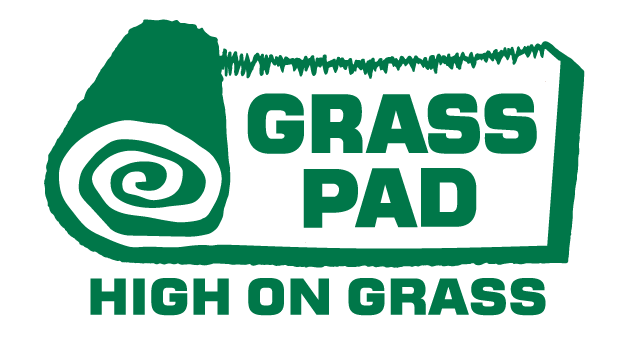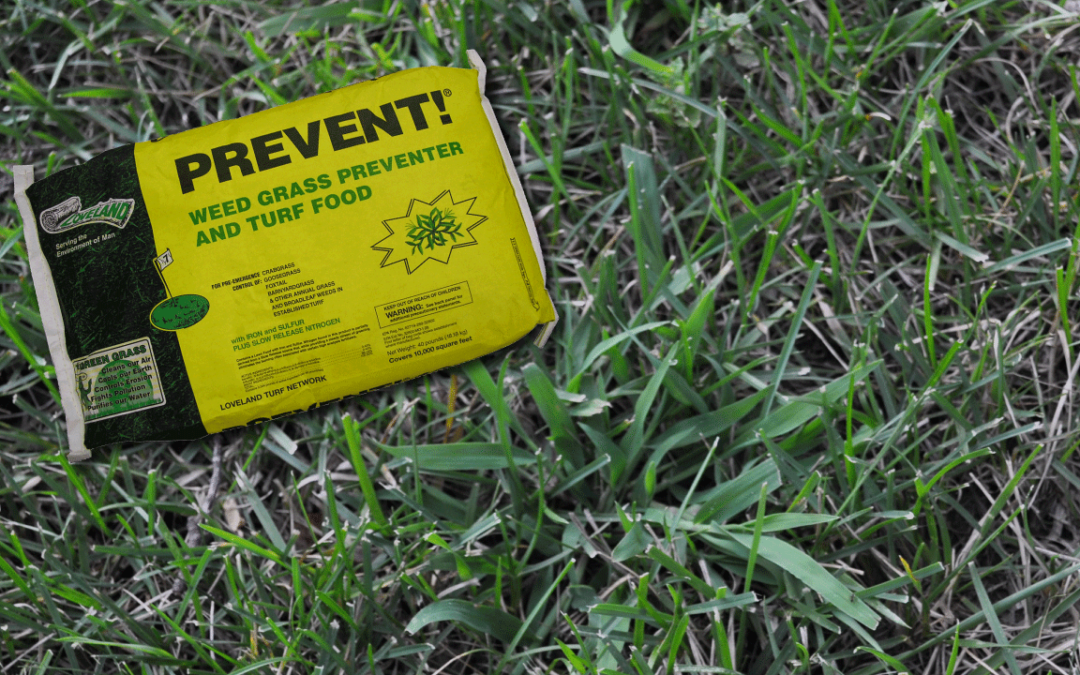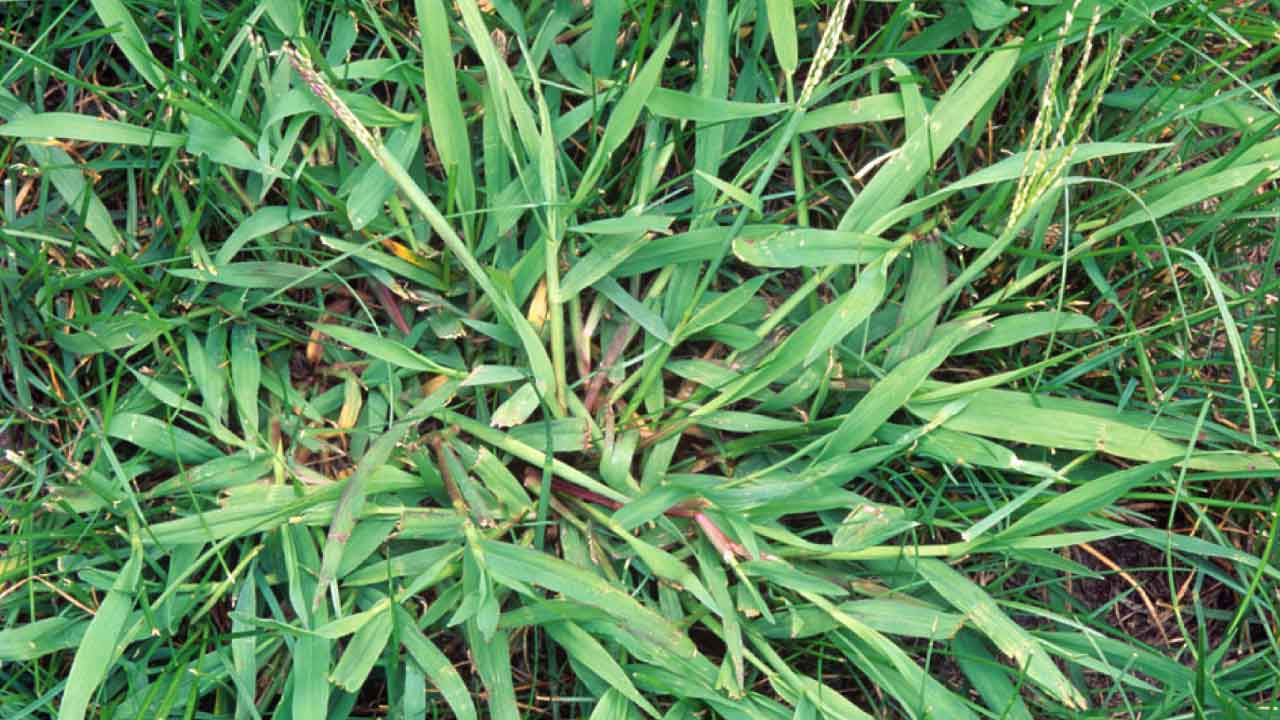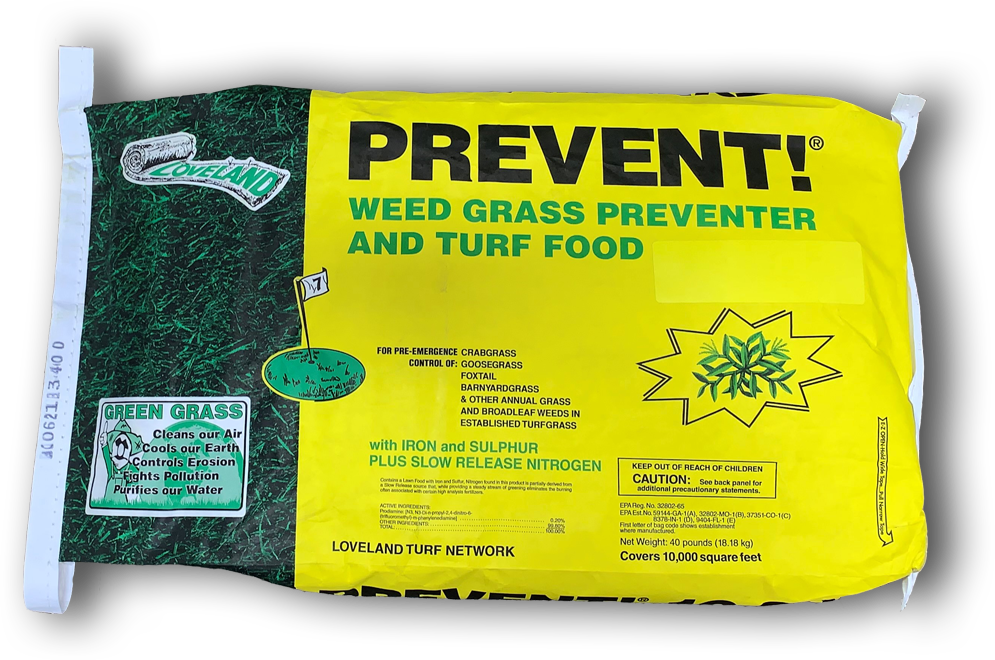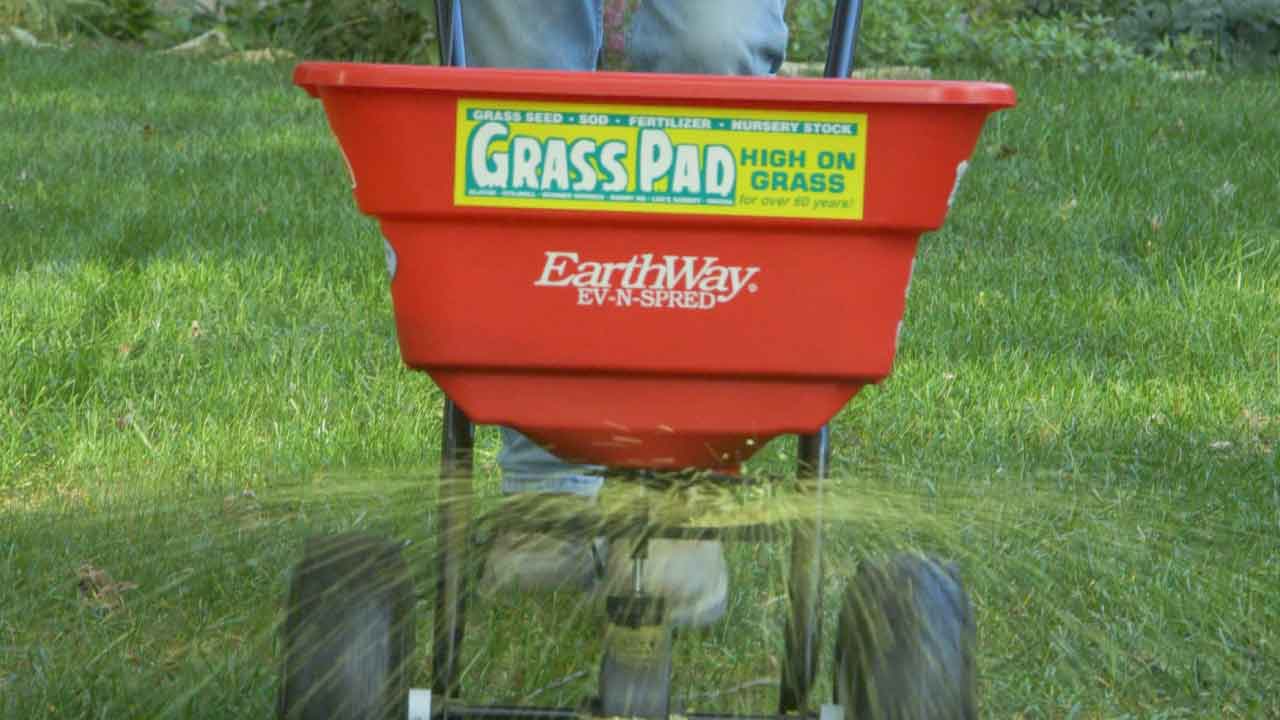Controlling Crabgrass in the Lawn
Of all lawn weeds, crabgrass is the most common and bothersome. It is probably the only weed that everyone hates! Even though crabgrass is a grass, it doesn’t blend in with lawn grasses in color, habit, or texture and can be so aggressive that it out-competes good turf grasses. Understanding the life cycle of crabgrass will help you deal with it more effectively.
What Is Crabgrass?
Crabgrass is an annual weed grass. An “annual weed” dies over winter. Crabgrass seeds start to grow in the spring as soil temperatures warm above 55°. From mid-summer to fall, crabgrass plants mature and produce seed heads. The crabgrass plants are killed by frosts in autumn, leaving behind the next generation of crabgrass seeds and the bare spot for the crabgrass seed to germinate next spring, regenerating its life cycle.
What Does Crabgrass Look Like?
Crabgrass is an aggressive low-growing grass weed with many stems forming flat clumps extending out like the legs of a crab. Crabgrass blades are light green, with pointed, short, and narrow leaves with purplish green stems. These prostrate clumps spread out, crowding out good turf grasses. As the plant matures, they send up branched finger-like seed heads with thousands of seeds.
How to Prevent Crabgrass?
Lawns that are the most susceptible to crabgrass invasions are those that are cut too short or have thin or large bare turf areas. The best way to prevent crabgrass is to maintain healthy, dense turf (grass). Thick, dense turf will not allow space for crabgrass to germinate, establish, and mature.
However, the best herbicide control for crabgrass is two sequential applications of Prevent, a granular crabgrass pre-emergent, ten weeks apart, which will provide consistent and effective management against annual summer grassy weeds throughout the growing season.
What Is Prevent Crabgrass Pre-emergent?
Prevent stops crabgrass before it starts. Prevent is a granular selective pre-emergent herbicide that provides residual control of many grass weeds in established lawns. In addition, Prevent contains slow-release turf food to strengthen the grass to defend against aggressive spring weed pressure. When used according to directions, Prevent will control crabgrass, foxtail, goosegrass, barnyard grass, and other ugly grassy weeds in established lawns.
When Is the Best Time to Prevent Crabgrass?
Prevent must be applied before the weed seed germination, as it will not control established weeds. Depending on your location and weather conditions will determine how quickly the ground soil warms up in the spring, plan on the first Prevent application between Mid-March and Mid-April. Then, extend season-long control by applying a second application of Prevent ten weeks later, typically Late-May to Early June.
Benefits of Two-application Prevent formula:
- University studies have shown that the two-application formula outperforms one-application formulas. When used as directed, the two-application formula in Prevent will give 98% control over ugly annual grassy weeds like crabgrass.
- Prevent is Idiot Proof! Grass Pad’s two-application Prevent formula is more forgiving if slightly over-applied from inaccurate measurements, improperly calibrated fertilizer spreaders, or operator error.
- Prevent is explicitly formulated for Midwest lawns. The amount of pre-emergent required to stop crabgrass in the Midwest is not the same for crabgrass in Newark, NJ, or San Antonio, TX. Nationally sold crabgrass pre-emergents sold in most chain and box stores use the same crabgrass pre-emergent formula for all home lawns from Newark to San Diego.
- Prevent has a larger pellet size to provide better particle distribution. Bigger particles hold more herbicide, which means better lawn coverage. The national name brands want tiny prills to fill small bags to ship more bags on a pallet.
- The Prevent fertilizer formula makes grass grow. Encouraging dense turf growth, leaving little room in the soil for crabgrass to establish, significantly reduces the amount of crabgrass in the lawn.
- Proven Performance! With sixty years of experience in sod production, we are sharing our expertise and product experience with homeowners and landscape professionals.
How Does Prevent Work?
Prevent controls susceptible weeds by inhibiting weed seed germination and root development. After application, Prevent must be watered into the lawn to activate the herbicide. As the fertilizer particles get wet, the pre-emergent herbicide is washed off the outside of the pellet, creating a herbicide barrier in the soil. As soil temperatures rise, weed seeds lying in the barrier are killed as they begin to germinate.
Uncle’s Tip: Disturbing the herbicide barrier (such as core aeration or heavy raking) may reduce weed control.
How to Apply Prevent
Apply Prevent uniformly using a broadcast spreader. Before applying, mow and remove loose debris, such as leaves and heavy lawn clippings. Then, apply this product only to your lawn and sweep any product that lands on the driveway, sidewalk, or street back onto your lawn. Most effective weed control will be obtained when Prevent is activated with at least one-half inch of rainfall or irrigation within 24 to 48 hours after application. The application rate on turf grasses such as bluegrass, fescue, perennial rye, Bermuda, and zoysia is 4 pounds per one thousand square feet.
How Long Before I Can Overseed After Applying Prevent?
Prevent will inhibit germination of turf seed if overseeded too soon after application. A single application of Prevent remains active in the soil for 10-12 weeks. Therefore, overseeding after Prevent application is not recommended until the fall overseeding season. However, if you have bare spots in the lawn, you can repair spots using Uncle’s Seed Sandwich technique. If you want to overseed your entire lawn in the spring, learn more about spring overseeding with Seed Safe.
More Articles on Preventing Crabgrass
- Uncle’s lawn care programs are formulated to encourage vigor in turf grass to resist weed pressure. Learn more at his link…
- How to repair thin or bare spots after using Prevent. Learn more at this link…
- Overseeding lawns in spring can be challenging to grow good turf and keep out ugly weeds. Learn more at this link…
The Best Time to Apply Prevent
- Patience is your best virtue when it comes to good crabgrass prevention. Learn more at this link…
Mowing Height for Healthy Turf
- All lawns are not the same. Cut the grass too short, and it can become stressed, thin, and have a shallower root system. Learn more at this link…
